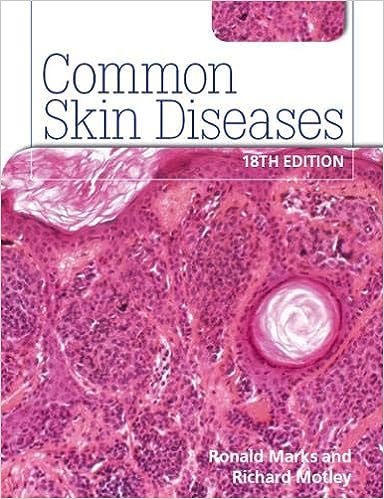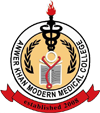Anwer Khan Modern Medical College
Library Management System

| Title: | Roxburgh's common skin diseases |
| Author Name: | Ronald Marks and Richard Motley |
| Author Sur Name: | MARKS, Richard. |
| Author information: |
|
| Edition/Published: | 18th ed. _New York : CRC Press , 2015 |
| New to this edition: |
|
|
Physical Description: xvi, 366, : <p>xvi, 365 pages : color illustrations ; 26 cm</p>.; |
| Notes | Includes index |
| Includes Index: | P. 355-366 |
| ISBN No's: | 978-0-340-98351-5 , 978-0-340-98351-5 |
| Bar Code's: | , |
| Shelf Location's: | , |
| Classification | |
| Subject: | Skin Diseases |
| Dewey Class No: | 616.5 |
| LC Classification: | RL71 |
| Other's Book Information | |
| Book ID No: | 2065 , 1823 |
| Total Books: | 2 |
| Date of collection's: | 28-Nov-2025 , 28-Nov-2025 |
| Donation / Purchase: | Purchased |
| Language: | English |
| Status: | Available |
| Department: | Dermatology & Venereolgy (Skin & VD) |
| Synopsis: |
|
| Review: |
|
| Description: |
|
| Key Features: |
|
| Summary: |
Common Skin Diseases, 18th edition, is a classic dermatology book that has been thoroughly revised and updated . The book, formerly published as Roxburgh's Common Skin Diseases, is highly regarded and adopts a concise and user-friendly approach . The book covers a wide range of topics related to skin diseases, including:
The book is written in a concise and user-friendly manner, making it accessible to a wide range of readers, including medical students, dermatology residents, and practicing dermatologists. |
| Abstract: |
The 18th edition of this classic dermatology book, formerly published as Roxburgh's Common Skin Diseases, has been thoroughly revised and updated and continues to be an essential core text for the busy general practitioner and the dermatology trainee. The book presents a succinct account of the subject, starting with the basic science and then moving through clinical manifestations, diagnostic techniques, treatment and clinical management of the most common skin disorders. It contains over 400 detailed illustrations to aid understanding. The 18th edition retains all the features that made previous editions successful:
While providing comprehensive coverage of techniques and surgical treatments, the authors have managed to extract the essentials of each condition. The book is suitable for undergraduate students up to the registrar level. The text has been carefully revised while still retaining the clarity of previous editions. According to one reviewer, the book has only increased by 60 pages despite the rapid expansion of dermatology, highlighting the authors' adherence to the essentials. The illustrations are of good quality. The layout and line drawings are described as impeccable. |
| Preface: |
There has been no increase in the time devoted to the teaching of dermatology to undergraduate medical students since the last edition. This makes it vital for students to read up-to-date commentaries on the subject. Apart from new drugs and novel explanations for some skin diseases, dermatological surgery, and cosmetic dermatology are now firmly established as part of the dermatological cannon. This is the reason that we have now included chapters on these subjects. We have also added a glossary of terms used in dermatology so that readers new to the subject will no longer be mystified by the technical words used. The remaining chapters have been extensively revised and we trust that no vital advance has been omitted. There are many individuals that we are pleased to thank for assistance in some way with this book including our families and secretarial staff and also the editorial group at Hodder – particularly Stephen Clausard. |
| Content: |
Preface xii |
